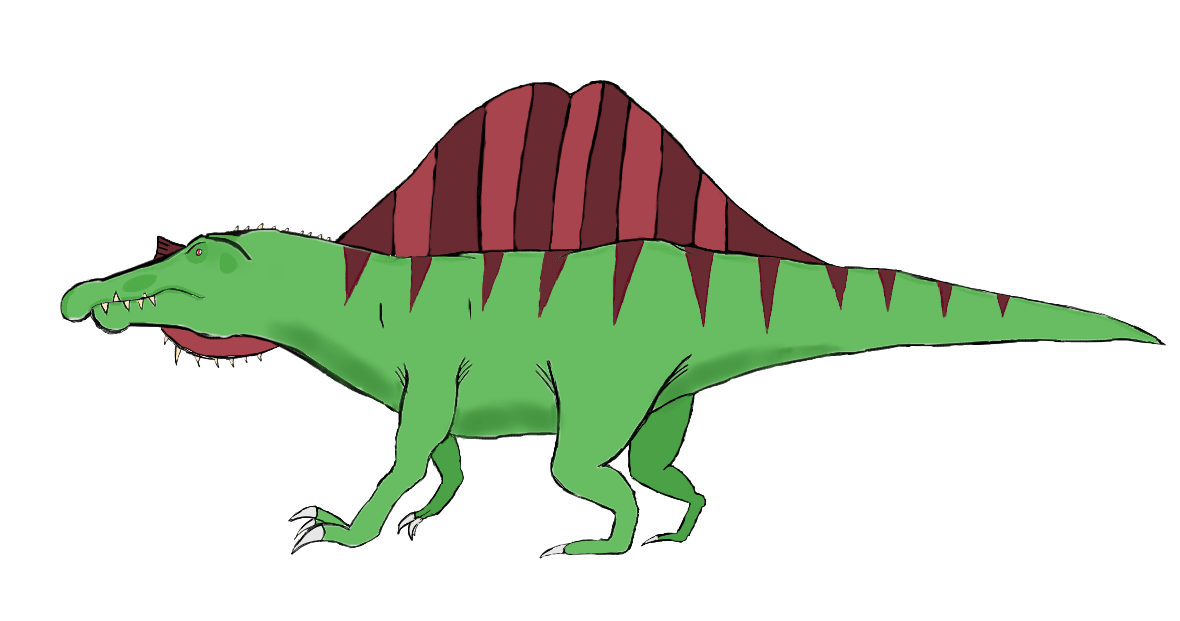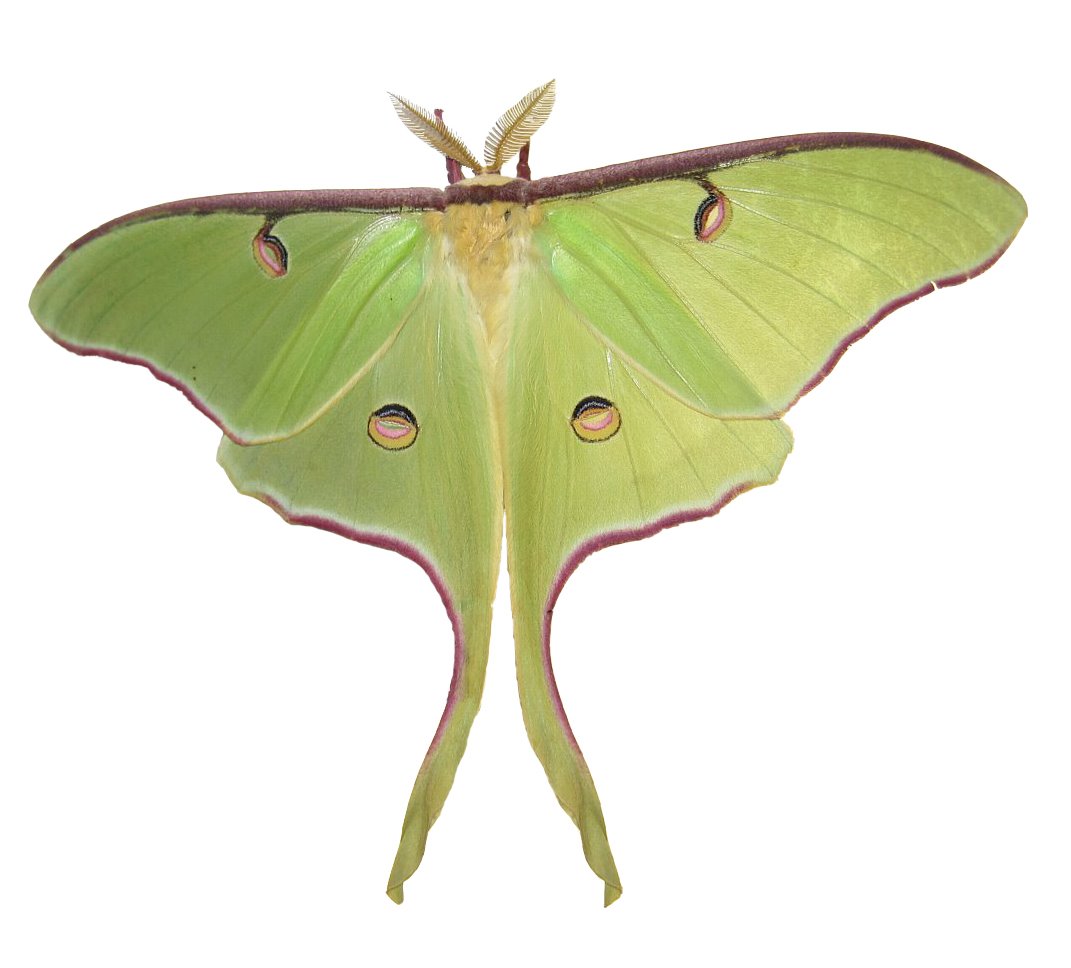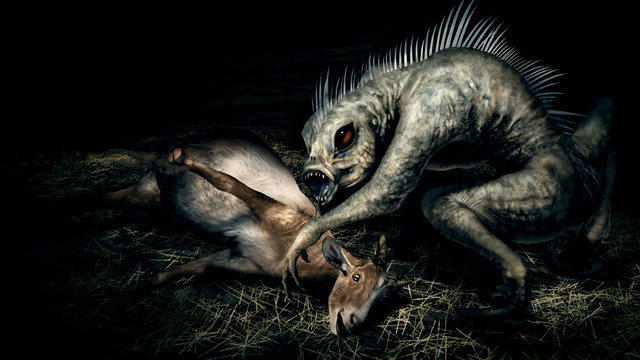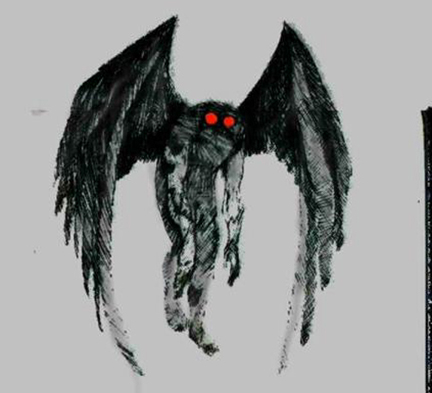
The Leopard gecko is a ground-dwelling lizard that originally comes from deserts. It is common in many pet stores and usually doesn’t cost very much. They come in many different patterns, but they are usually yellow, with dark spots. Males can grow to be 10 inches long and females up to 8 inches. Surprisingly, they are very easy to care for and can live up to 20 years with good care. Also, they aren’t as high maintenance as other exotic pets. They make a great beginner pet for someone who is interested in exotic pets.
My Leopard gecko, Sol
HABITAT
Leopard geckos are anti-social animals unless it comes to mating, so if you decide to get one, it would be best to only house one per cage. If you really want more than one, make sure you only house females together. If you house males together, they will get aggressive and attack each other. You don’t need that drama. You can keep a gecko in as little as a ten gallon terrarium, but I keep my full grown female in a 20 gallon.
As for the design of the habitat, try to take influence from the gecko’s natural habitat. Geckos are desert-dwelling lizards. You can use calcium sand as a substrate, but I don’t recommend this. I’ve had enough problems with my scaly pets swallowing an earthy substance instead of their food. If they ingest their substrate or a pebble, they could possibly die if the pebble can’t pass through their digestive system. I use reptile carpet. This way I avoid any accidents waiting to happen. The carpet is reusable so you won’t have to keep buying substrate. You can find reptile carpet at a pet store. Reptile carpets should be cleaned once a week. Make sure to get the right size according to your terrarium.
Your lizard will also need a water dish and places to hide. I have a small cave that my lizard sleeps in during the day. Oh, they’re nocturnal, by the way. I also adorn her terrarium with some fake ferns and vines to make her feel more secure and less exposed. Geckos need their privacy too. I also have a reptile hammock in my cage. Once in a while, she’ll take a nap on it. This is not a necessity, but I heard it can help relax your gecko.
LIGHTING
Leopard geckos don’t need UVB light. You can just use a lamp that has an incandescent bulb in it or the light from whichever room the gecko is in. However, they do need a 12 hour light and dark cycle. This means that your gecko should receive 12 hours of light a day and 12 hours of darkness. For example, you could turn on your light at 9am when you wake up and turn it off at 9pm before you go to bed. To make things easier, I use a mechanical outlet timer. You can buy one here. This device will automatically turn on and off your light at your desired time.
HEATING & HUMIDITY
Room temperature isn’t good enough for a gecko unless you crank your thermostat to 90 degrees Fahrenheit. You will need to get your gecko a heating source. There are a couple options for this, and you may have to combine a few to get your desired temperature. A thermometer will let you see the temperature and humidity of your terrarium. You’ll want all the heating sources to be focused on one side of the cage so the Gecko has both a warm and cool side. Since they are used to a dry environment, humidity should stay between 30 and 40 percent. So, there is no need to mist the cage. Here are the heating options you have.
- Ceramic Heat Bulb
- These bulbs do not emit light, only heat. They come in various wattages. The higher the wattage, the hotter it is. I got the higher wattage (150W) because my room is freezing. The bulb goes into what’s called a reflector dome that you can place on top of your cage or prop above your cage. Make sure the dome can handle the wattage of whichever bulb you choose.
- Heat pad
- These have always been so annoying to me. They stick to the underside of your cage and “heat” the glass. Furthermore, once you stick it on, you can’t take it off without ruining the pad. So you better be sure as the sun shines that that’s where you want it. They also never heated well for me. However, there is one brand that actually functions as it’s supposed to and it’s called Fluker’s. Fluker’s heat pads do not stick to the bottom of the cage. You have to tape them on using aluminum tape. This way the mat can be reused and taken off whenever you want. They also heat up better than the other heat pads I have used.
- Thermostat Controller
- You may not need this, but this device can prevent your heat pad from getting too hot and potentially harming your gecko. I have a small Fluker’s heat pad, and it doesn’t get hot enough to hurt her, so I don’t use this. You can buy one here.
I use both the Fluker’s heat pad and the ceramic heat bulb. It manages to keep the temperature between 80 and 90 degrees Fahrenheit.
FOOD & WATER
This is probably the most important part. There are various food options to choose from for your gecko. They are insectivores, so they like food that squirms around and crawls. You can feed them food such as crickets, mealworms, and waxworms. It’s good to mix between these choices to give your gecko a varied diet. It’s also a good idea to “gut-load” your crickets, which means to feed the crickets supplements found at a pet store or carrots, potatoes, and lettuce.
Please do not feed a gecko food from the wild. I know all animals come from the wild and that is how they would normally hunt. But insects you find outside could have been exposed to pesticides or be infected with parasites. If your gecko eats that, pesticides will poison him and if the insect had parasites, the parasites would then be transferred to the gecko.
If your gecko is a juvenile, you should feed it every day. Once it is an adult, it can be fed 3 times a week. Every gecko is different, but I can’t dump a bunch of worms in front of mine and expect her to chow down. She will only eat them if I give them to her one at a time. (Spoiled, right?) It seems that a pile of them moving at the same time disorients her. She can’t decide which one to attack, so she gets frustrated and leaves.
The food you give your Gecko should be coated with calcium and multi-vitamins. You can get both these supplements at the pet store. I dust the insects with calcium during the week and multi-vitamins during the weekend. The supplements help keep the Gecko healthy.
Have a small water dish in the terrarium for your lizard to drink out of. You should use reptile water conditioner in the water to make it safe for your reptile. You can find this in a pet store. There will be instructions on the bottle for how much to use. It’s usually a couple drops per gallon.
You can also provide your gecko with a food dish so it can eat whenever it wants. I don’t usually give my gecko a dish because she tends to ignore it and, again, piles of food confuse her.
HANDLING
Don’t grab them by the tail. Gecko’s tails fall off when threatened, and I’m guessing that wouldn’t be a pleasant experience for you or them. The tail will grow back, but don’t use that as an excuse to fool around.
Geckos are actually extremely docile and safe to handle. Don’t let their fragile tail scare you off. Just be gentle. They like to climb, so they may climb on your hands and arms for fun. They rarely bite. Mine has never bit me. Your Gecko will have to get used to you though, so take things slowly to avoid stressing him/her out.
I’ve had my gecko for nearly a year now and she has been doing well and has grown to about 7.5 inches. I believe this is the easiest exotic pet that I have raised so far. If you have any questions, feel free to ask.
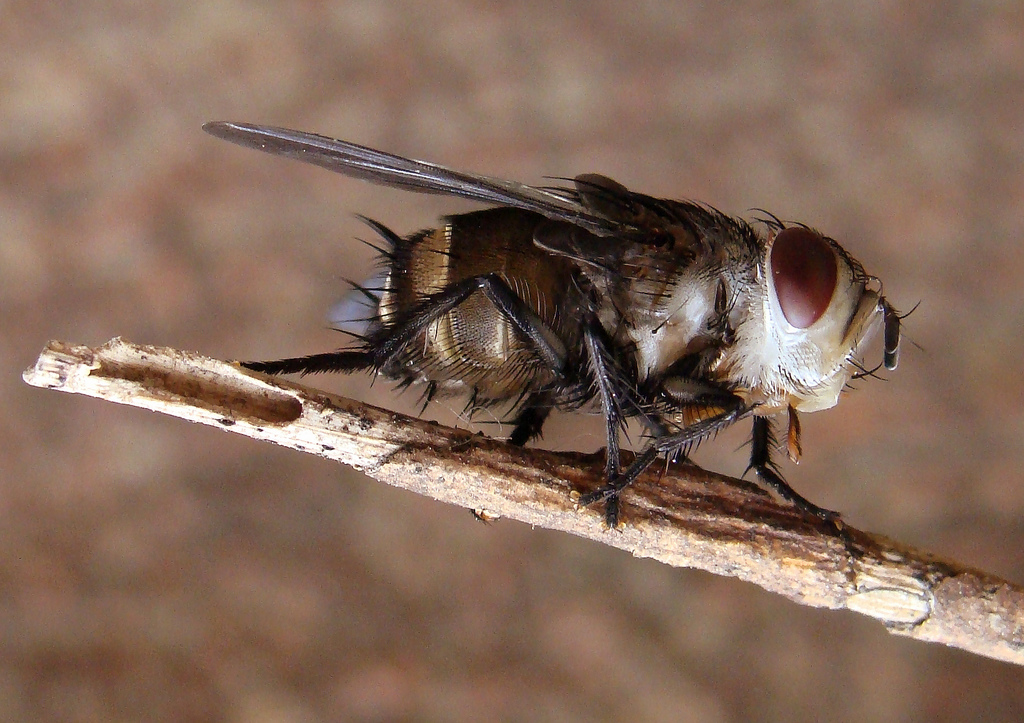 Recently, I read an article by Science Writer Seth Borenstein that claimed a decrease in the population of insects.
Recently, I read an article by Science Writer Seth Borenstein that claimed a decrease in the population of insects. 